The Alliance
Stretching across the continent of Humär , the Council of Kings embraces seven distinct human kingdoms. These sovereign bodies are wholly independent, with their own laws, goals, priorities, and perspectives. This is where King Robert saw the greatest potential for an alliance. Originally created to prevent civil war among a single nation, the overwhelming threat of Mahan’s forces gave leaders a common enemy to focus upon. One that would, if left unchecked, cover the continent in blood, death, and subject its people to generations of slavery. An alliance forged in wartime held. What started as a focus on sword and shield grew into one of peace and prosperity. The sharing resources, as well as expanding trade and commerce, both among human-kind and also with other races was explored and accepted. And while these monarchs continue to proper among their separate peoples, the core foundations for the alliance has never been forgotten. • To avoid civil contentions through common respect and prosperity, and;• To shield the human race from the darkness that seeks to consume them.
The Call of Council
Though any monarch may call the Council of Kings if their nation is threatened, regular sessions are held during the first month of spring—when the mountain passes to Ambasere are open. Council sessions last a total of two weeks, during which the affairs of state are brought into the open for debate, requests, and exchange of goods. Common Law is discussed and voted upon, which affect all peoples, and any disputes among the rulers is brought before witnesses to be addressed and rectified. Each session is also used to view the human standing among the races of the world. Particular attention is paid to any threats that may arise which might harm or negatively influence the alliance as a whole.Equality in Council
Annual meetings are held under the white banner of High King Robert III where monarchs are housed and entertained in Castle Andilain. Each king or queen is permitted a personal guard of 40 within the castles walls. During times of war, armies are given land outside Andilan’s walls to make camp and a monarchs personal guard count may be increased, depending upon circumstances. In session, each monarch is allowed two personal bodyguards, two counselors, and a single servant into the seated chambers. The table used for sessions is round, crafted to allow for each ruler, their counselors and scribes to sit comfortably. This symbol of equality is to remind all that every voice and every need is equal. The center of the table is cut away, with a leaf able to be removed at its edge, allowing for two scribes to sit at a simple desk to record all conversations. At the beginning of each meeting, the minutes of the previous meeting are read to refresh the minds of attendees. At the end of each session, the minutes are read and a request for both changes and clarification is offered, allowing all present to improve upon the notes which are both copied and archived. Each monarch receives an exact copy of all minutes taken for their own records.The Death of a Nation (history)
As the great nation of Andilain was forged under the might of High King Gaston, humans co-existed in peace and unity. At least that’s what the stories say. My own research hints more at an underlaying tension among the people—a desire to expand, explore, and set down roots in new lands. Those born away from Andilain will notice when they visit the capital of mankind, that the magnificent mountains which keep most of her enemies out, also trap the perspective and understanding within. As this desire for exploration grew, High King Gaston charged many with the stewardship of finding and securing new resources for his people. He sent some to harvest the southern forests, some to mine the ice caves to the north, others to sail the dark waters to the west for both resources and possible new allies. The result was a score of thriving settlements. Over the next five hundred years, the growth in population and change of monarchy created a strained relationship between the crown and its outlaying settlements. Tributes waned, trade dried up and a growing tension against military overseers pushed the people to the brink. Unlike his predecessors, King Robert III noticed the tensions and listened to the people. His own survival as the last descendant of High King Gaston taught him the value of the human soul. His non-traditional upbringing at the hand of the great mägo Morphiophelius had instilled a unique perspective as well as a long-term view of progress. Instead of a show of force to squelch any uprising, he dispatched six messengers to the largest settlements, informing leadership of his arrival within the season, with minimal accompaniment and under a white banner of peace. Then King Robert III didn’t the impossible. …he united the hearts of the people once more. Several of the settlements, such as Ambasere, had crowned their own kings in open defiance of the monarchy. None expected King Robert to arrive and embrace the new kings with open arms. Yet he did just that. Acknowledging their sovereign rights, King Robert brought documentation and signed over portions of the kingdom to these new nations…and then invited them to join the Council of Kings. A governing body that would protect and sustain their independence, yet retain the collective ability to defend the human race in times of war. The acceptance was unanimous, and the people praised the kindness and generosity of King Robert III.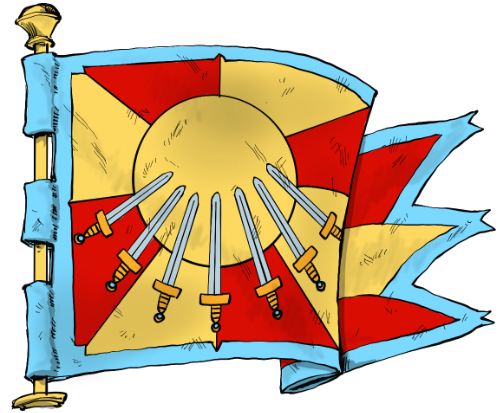
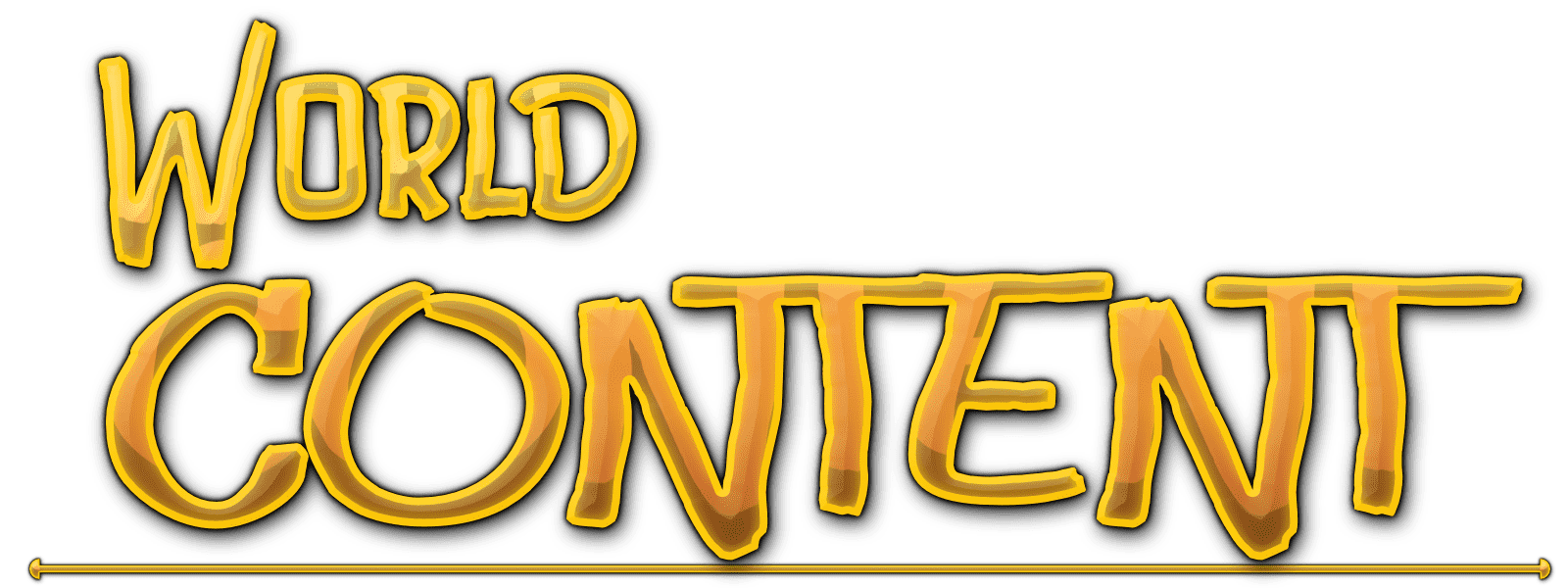
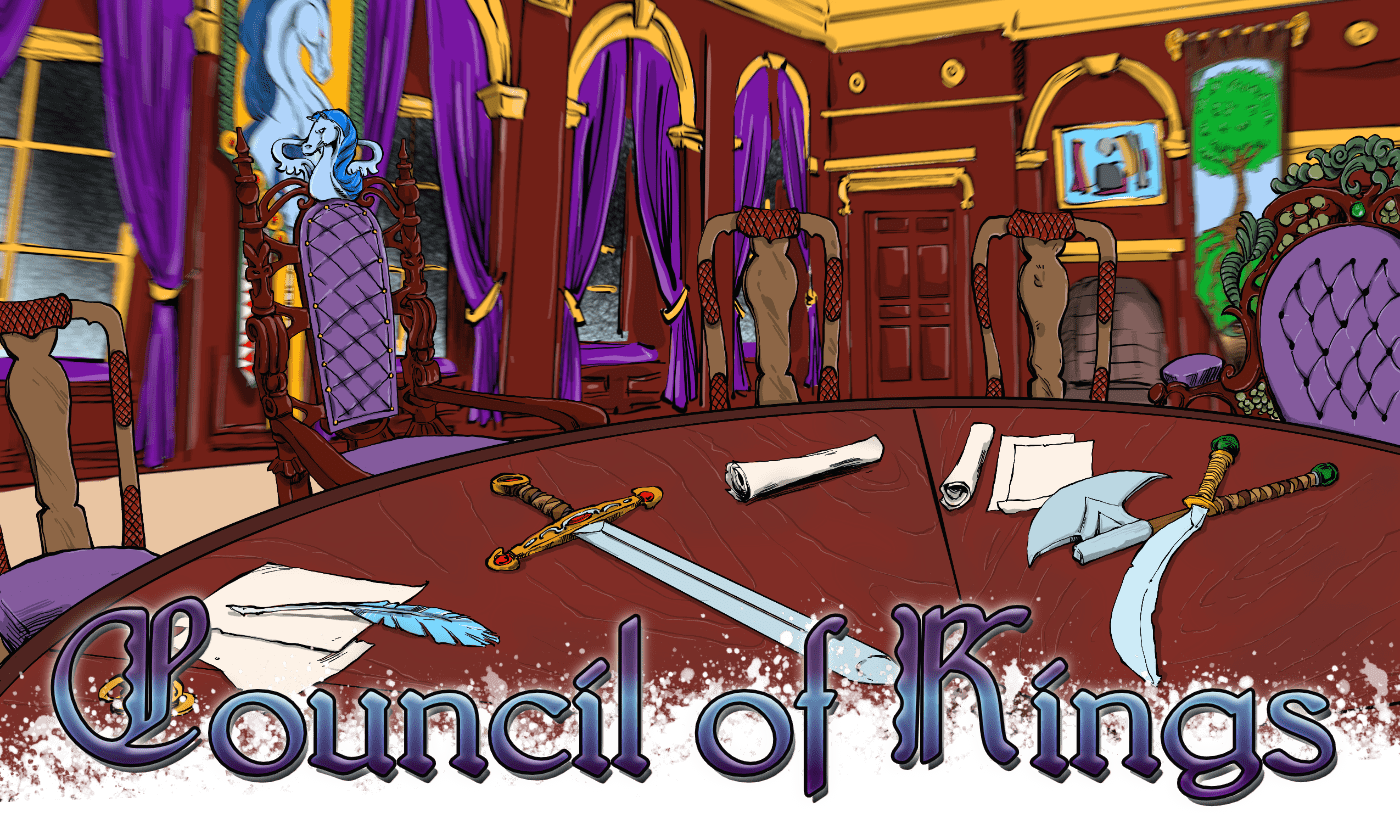
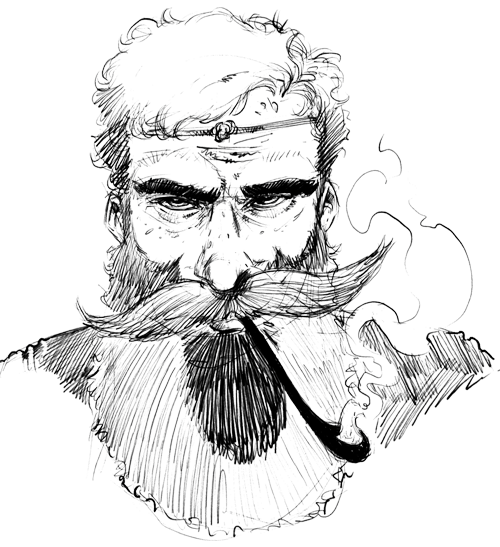
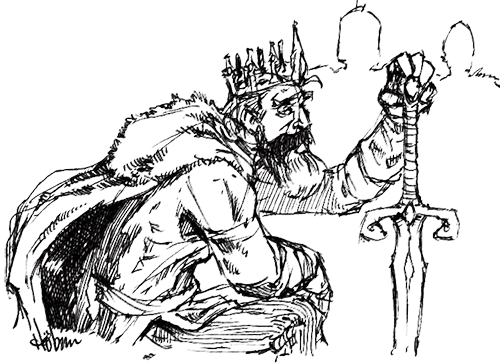
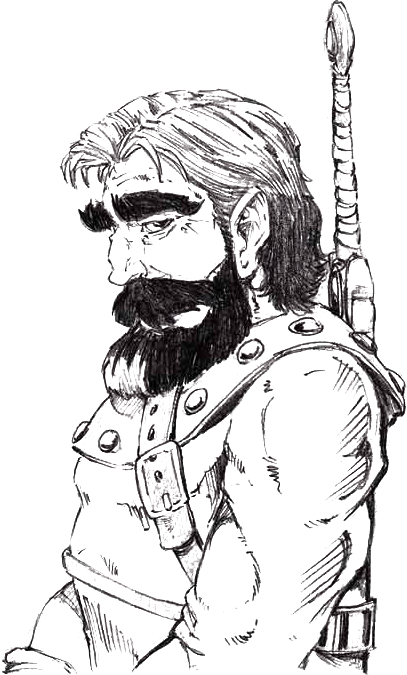

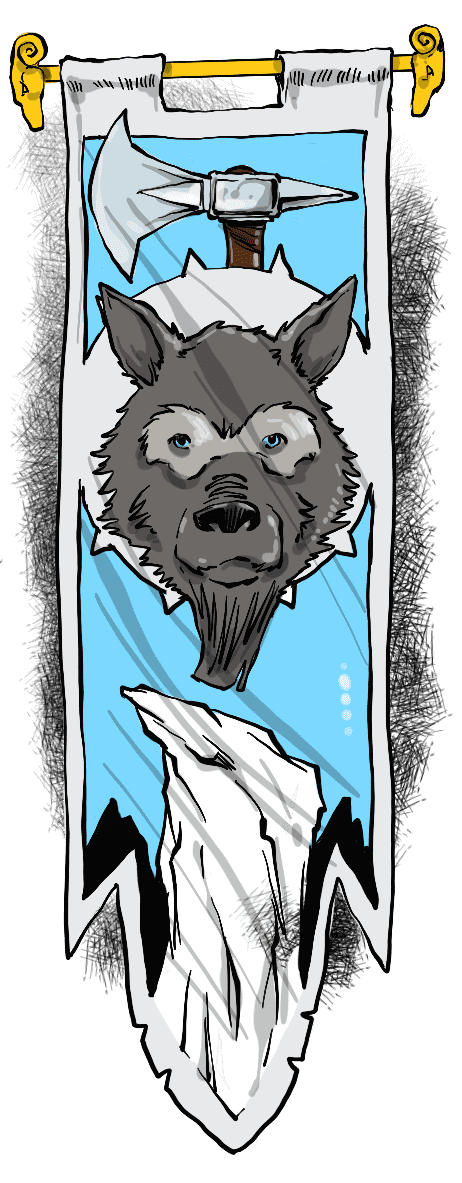
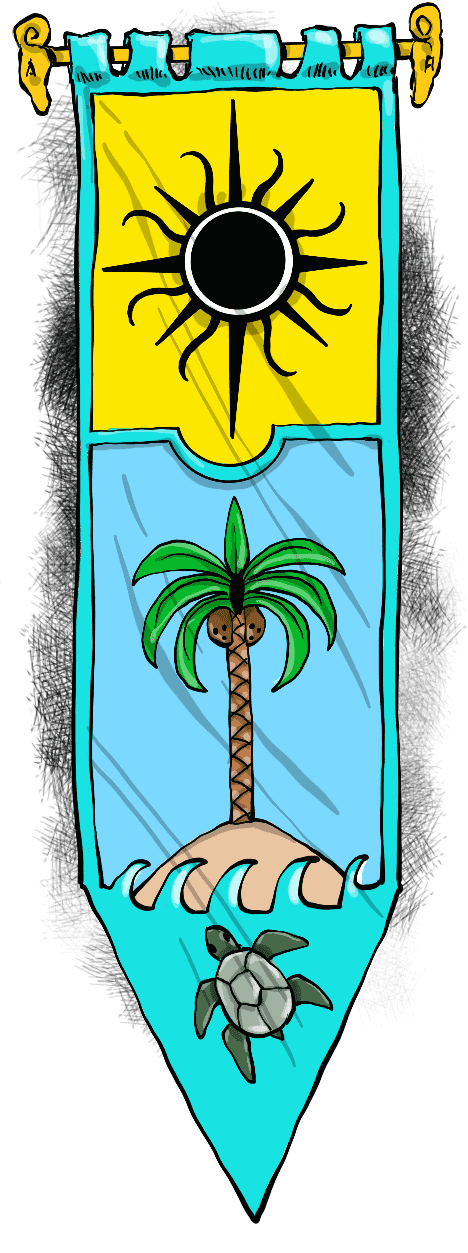
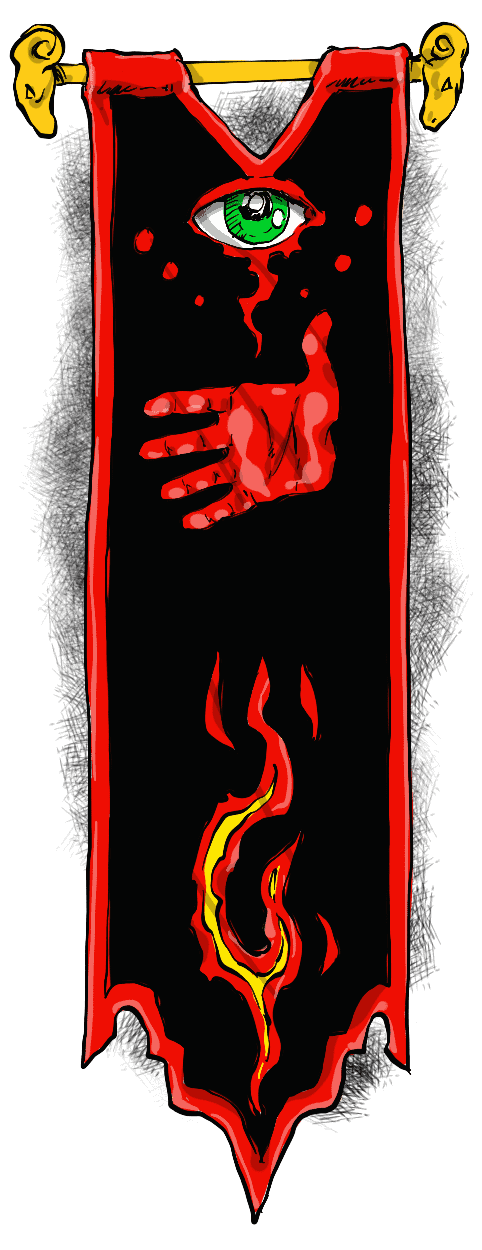

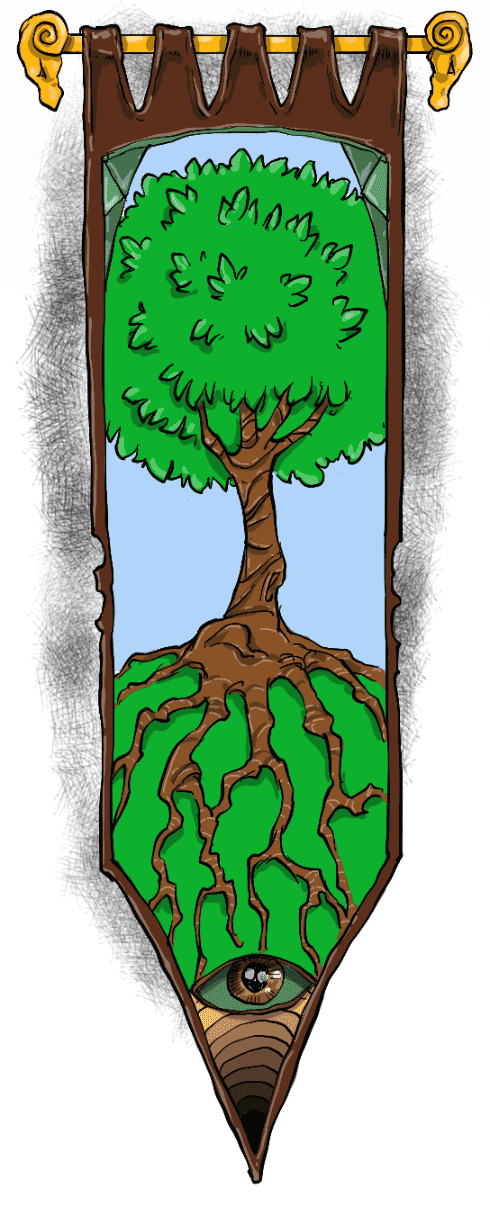
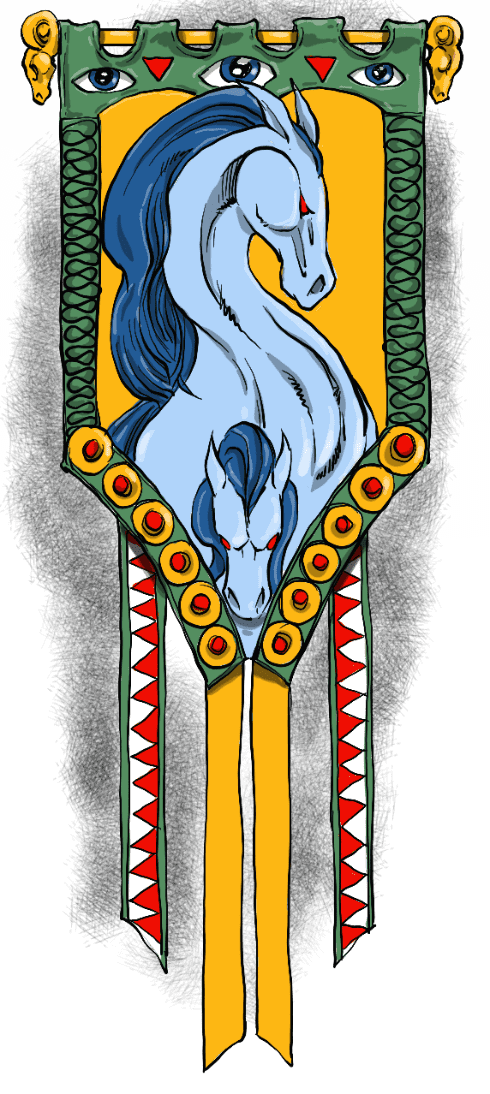






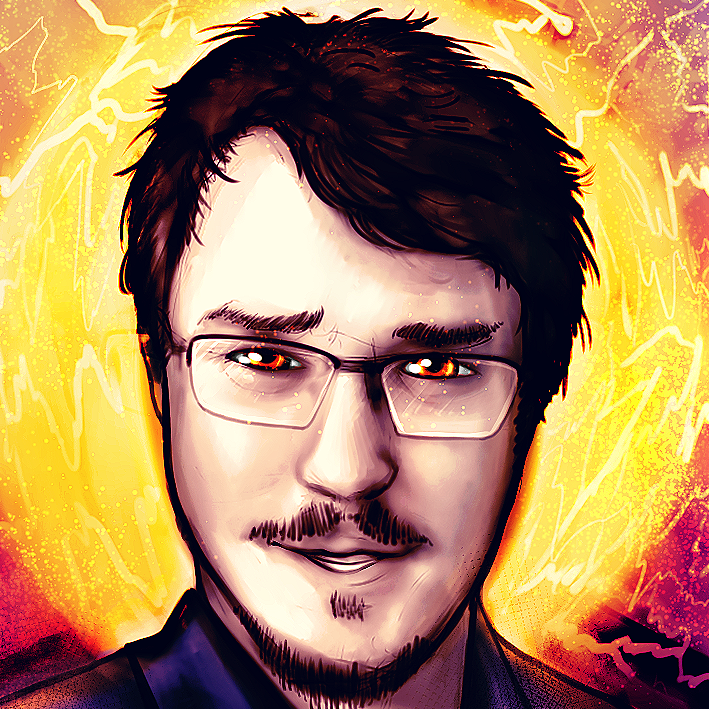

Really love those banners and that header so very much (and the article.. but that art distracts me!)
...then all is going according to plannnnnnn (rubs hands together)...
Storyteller, Cartoonist,..pretty awesome friend =)
Subscribe to Life of Fiction to see the live results of all this worldbuilding.